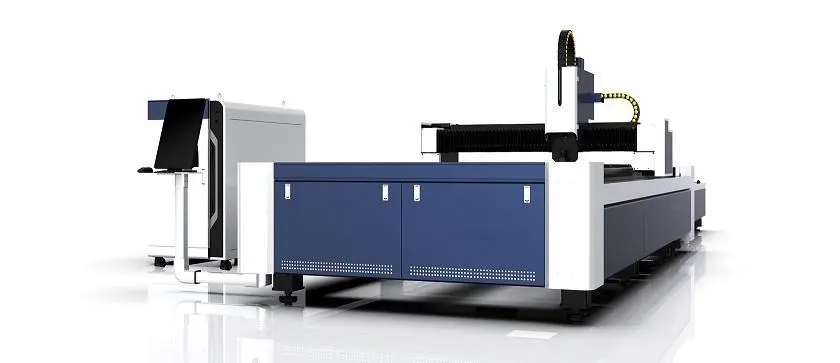Do you encounter the following confusion in the laser cutting process
What kind of plate matches what kind of gas?
How to choose auxiliary gas?
What aspects of cutting quality will be affected by different gases?!!!
Which auxiliary gas to choose for different plates, etc…
Next, the editor will take you to understand
There are usually three types of auxiliary gases for laser cutting machines: air, nitrogen and oxygen, and different auxiliary gases are used for cutting different materials.
How to choose auxiliary gas for laser cutting machine
- Compressed air
Air is suitable for cutting aluminum sheets, non-metallic and galvanized steel sheets, and can reduce the oxide film to a certain extent to save costs. It is generally used when the plate is relatively thin and the requirements for the cutting surface are not high. In some industries such as sheet metal chassis cabinets and cabinets, compressed air is widely used.
- Nitrogen
Nitrogen is an inert gas, which can prevent the oxidation of the cutting end of the product during cutting and prevent burning (it is easy to occur when the sheet is thick). Nitrogen gas can be selected for products that have high requirements on the cutting end surface and are exposed and do not need to be processed, such as some decoration industries, special parts for aerospace, etc.
- Oxygen
Oxygen mainly acts as a combustion aid, which can increase the cutting speed and thicken the cutting thickness. Oxygen is suitable for thick plate cutting, high speed cutting and very thin plate cutting. Oxygen is often used in the cutting of some larger carbon steel plates and thicker carbon steel plate structures.
The auxiliary gas can not only blow away the slag in time when the laser cutting machine is running, but also cool the workpiece and clean the lens. We should choose the appropriate auxiliary gas according to the different cutting materials and thicknesses during operation.





